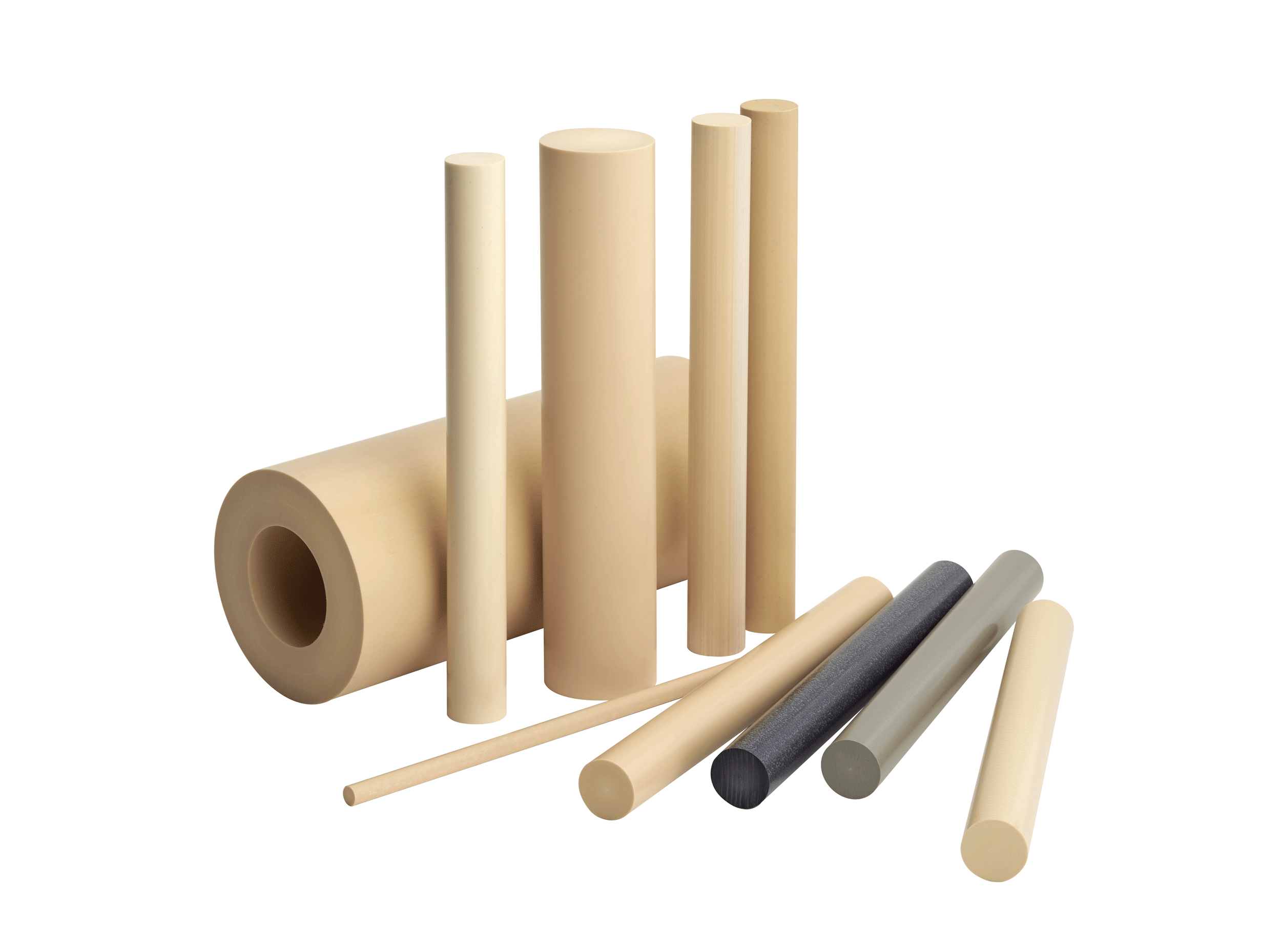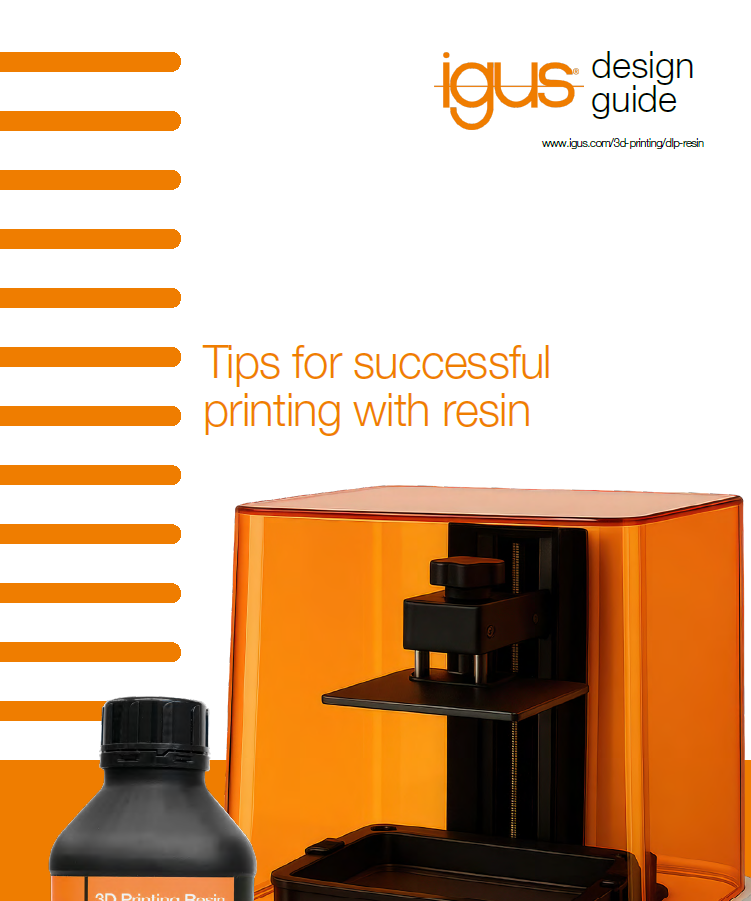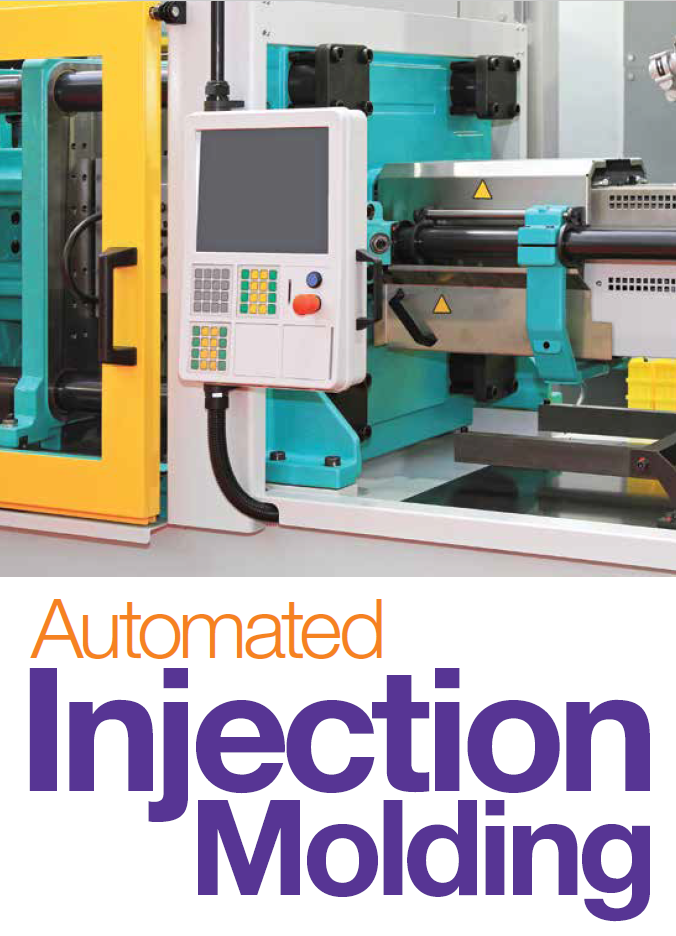Got Bearings? Need Customs?

When I started working for igus® decades—that’s right, decades—ago, I was completely unaware of how wide the range of products and machinery that use bearings was, and how important these seemingly insignificant parts are. Over the years, I have been consistently amazed at all of the different applications I have reviewed with customers, but even more interesting is that given our catalog of over twenty-thousand parts, so many engineers still need custom parts to meet their exact design requirements. Since our traditional manufacturing method was injection molding when I first started, customizations for smaller batch orders or for prototypes typically did not make sense.
Fast-forward twenty-plus years and my, how so much has changed. Rapid prototyping has come on strong over the past few years, along with machining parts, and now even we’re even rapid prototyping injection molded tools!
In this post, we’ll take a look at some of the ways that you can acquire custom parts for testing before you need to make a decision on a hardened tool, and, if your volumes will always remain fairly low, how you can get the parts you need without any commitment toward a large amount of parts. Here's the best part—you'll be able to conduct all of this testing while using highly-engineered plastic materials from iglide®, which are dry-running and maintenance-free.
One Cavity Molds
When engineers know that they will need a new injection mold for a higher volume of parts—typically ten-thousand or more—at a later point in time, one-cavity molds make sense. Since this option involves a hardened tool that can later be expanded by increasing the number of cavities, it grants them the time that they need to test with prototype parts that are identical to the ones that they will use during production—the material is the same, and the tolerances are the same.
The disadvantages to this method are lead-times and if any design changes are needed later, the cost, since the change might require a new tool. This option also severely limits the amount of different materials that can be tested. Lead-times on this option can vary between 4-8 weeks for standard shaped parts (sleeve, flange, thrust, etc).
Machining from Bar stock or Plate stock
Machining from bar stock or plate stock was the next evolution in manufacturing custom parts. This method allows for most iglide® materials to be machined into parts that can be tested while also offering much tighter tolerances for applications where injection molding tolerances are not as precise. This method is ideal for volumes up to five-hundred pieces, and for those who need to test as soon as possible with the actual material chosen. Lead-time typically ranges between 7-10 days depending upon the number and complexity of the parts.

3D Printing—FDM
When engineers are looking for just a few prototype parts, whether to complete a project or to simply test fit and function, and they have FDM machines at their disposal, there is always the option to 3D print parts. Although typical ABS material will work for simple applications or quick fit testing, those that require an actual wear-resistant material should consider alternative options, such as igus® 3D filament. Lead-time depends on how quickly you are able to print parts; however, the production time for this method is significantly longer than the other options discussed and should be used only for smaller volumes. FDM printing is ideal for a handful of parts when there is access to a 3D printer with a heated bed for use with our filaments.
3D Printing—SLS
Laser sintering is a great option when parts are needed quickly. Some of the major advantages here include speed and the ability to print very complex parts that might present challenges in injection molding and/or machining. Similar to FDM, laser sintering offers an option to use standard powder when you are simply looking at examining the fit of the part or will be using it within applications where a wear-resistant material is not necessary. In the event that you need a wear-resistant material, once again, igus® has engineered printing materials that are suitable for a variety of applications, with lifetime calculation available—this can be done by either purchasing the powder from us or using our 3D print service tool.
3D Printing + Injection Molding = Print-to-Mold
Last, but certainly not least, there is an option to take the best of 3D printing and combine it with injection molding. Using a variety of options, including SLS, SLA, printed aluminum or printed steel, we can quickly configure a custom part that can be molded in as little as two weeks, with a four week maximum. Depending upon which option is used, the tolerances can range from +/-0.2mm for SLS and +/-0.1mm for SLA, printed aluminum or printed steel. Quantities should also be considered—up to 200 pieces via SLS, up to 1,000 pieces via SLA, up to 5,000 with printed aluminum, and finally up to 10,000 with printed steel, depending upon the material used and the type of part. This option provides the user with a true injection molded part, available in any igus® material, for testing. Similar to SLS printed parts, 3D CAD models can be uploaded into our designer for pricing purposes.

Designing custom parts today does not need to cause the same angst as it did years ago since there are a multitude of options now available depending on your requirements and needs.
If you are interested in learning more about custom parts from igus®, please do not hesitate to reach out to Nicole Lang, iglide® Product Manager.



